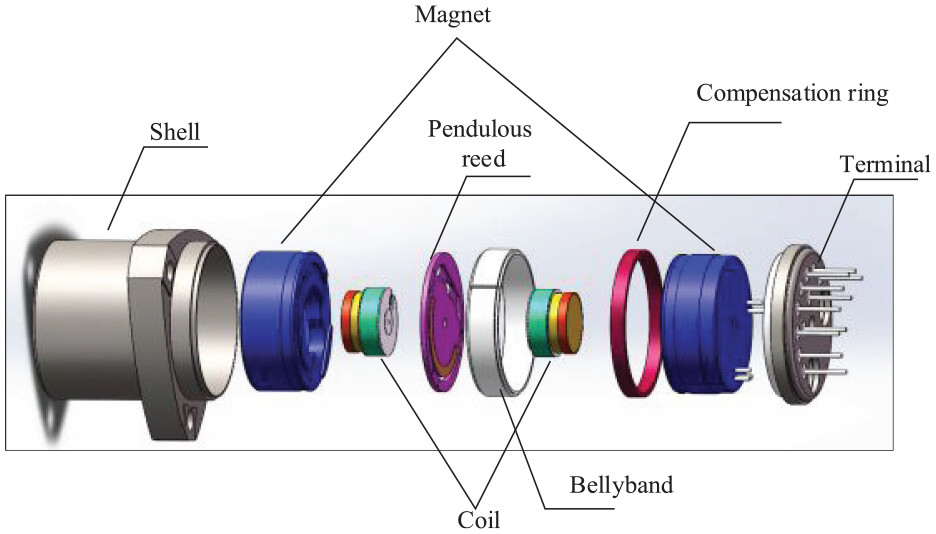What factors affect the scale factor of a quartz flexible accelerometer?
#news ·2025-08-12 10:37:48
What factors affect the scale factor of a quartz flexible accelerometer?
A quartz flexure accelerometer is a high-precision acceleration sensor that utilizes the quartz flexural properties to measure acceleration. The accuracy and stability of quartz accelerometer far exceed other types of accelerometer sensor. The scale factor, which refers to the ratio of output voltage to acceleration under given conditions, is a key indicator for measuring the output stability and accuracy of a quartz flexible accelerometer. However, the scale factor of quartz flexible accelerometer is affected by many factors.
Influencing Factors:
1. Sensitivity
Sensitivity refers to the ratio between a quartz flexure accelerometer's output voltage and its mechanical vibration input. It is a key factor affecting the quartz flexure accelerometer's scale factor. Sensitivity is affected by factors such as mechanical structure, electronic circuitry, and manufacturing processes. Therefore, when designing and manufacturing quartz flexure accelerometers, attention must be paid to sensitivity stability and consistency.
2. Electronic Noise
The output signal of a quartz flexure accelerometer is affected by electronic noise, which can cause fluctuations and drift in the output voltage, leading to instability in the scale factor.
3. Temperature Drift
Temperature drift refers to the change in the output scale factor of quartz flexible accelerometer as temperature changes. Because the quartz crystal used in quartz flexible accelerometers is highly sensitive to temperature, temperature compensation must be carefully considered during the design and manufacturing process to ensure scale factor stability.
4. Mechanical Vibration
The sensitivity and scale factor of quartz flexure accelerometers can be affected by external mechanical vibration. Especially at high frequencies, mechanical vibration can cause structural deformation, altering the sensitivity and scale factor.
Solutions:
1. Sensitivity
When designing and manufacturing a quartz flexure accelerometer, its structural stability and precision must be highly paid to attention, and suitable electronic circuit and manufacturing processes must be selected to ensure consistent and stable sensitivity.
2. Electronic Noise
In order to reduce the electronic noise of quartz flexible accelerometers, low-noise components and multi-stage amplifier circuits can be used. Filters and amplifiers can also be added to signal processing to reduce noise and improve signal stability.
3. Temperature Drift
To address the temperature drift issue of quartz flexible accelerometers, temperature compensation circuits and thermo-couples can be used in the design to automatically adjust and compensate for temperature, thereby ensuring the stability and accuracy of the output signal.
4. Mechanical Vibration
To minimize the impact of mechanical vibration on quartz flexible accelerometers, vibration isolation and shock absorption technologies, such as mechanical filters and buffer materials, can be used to reduce the impact of mechanical vibration on measurement results and the resulting errors.
Quartz flexible accelerometers are high-precision acceleration sensors, and their scale factor is a key indicator of their output stability. However, they are affected by various factors, such as sensitivity, electronic noise, temperature drift, and mechanical vibration, which can lead to unstable output and reduced accuracy. Therefore, in the design and production of quartz flexible accelerometers, it is important to consider these factors and implement appropriate solutions to ensure the accuracy and stability of the quartz accelerometer's output.






